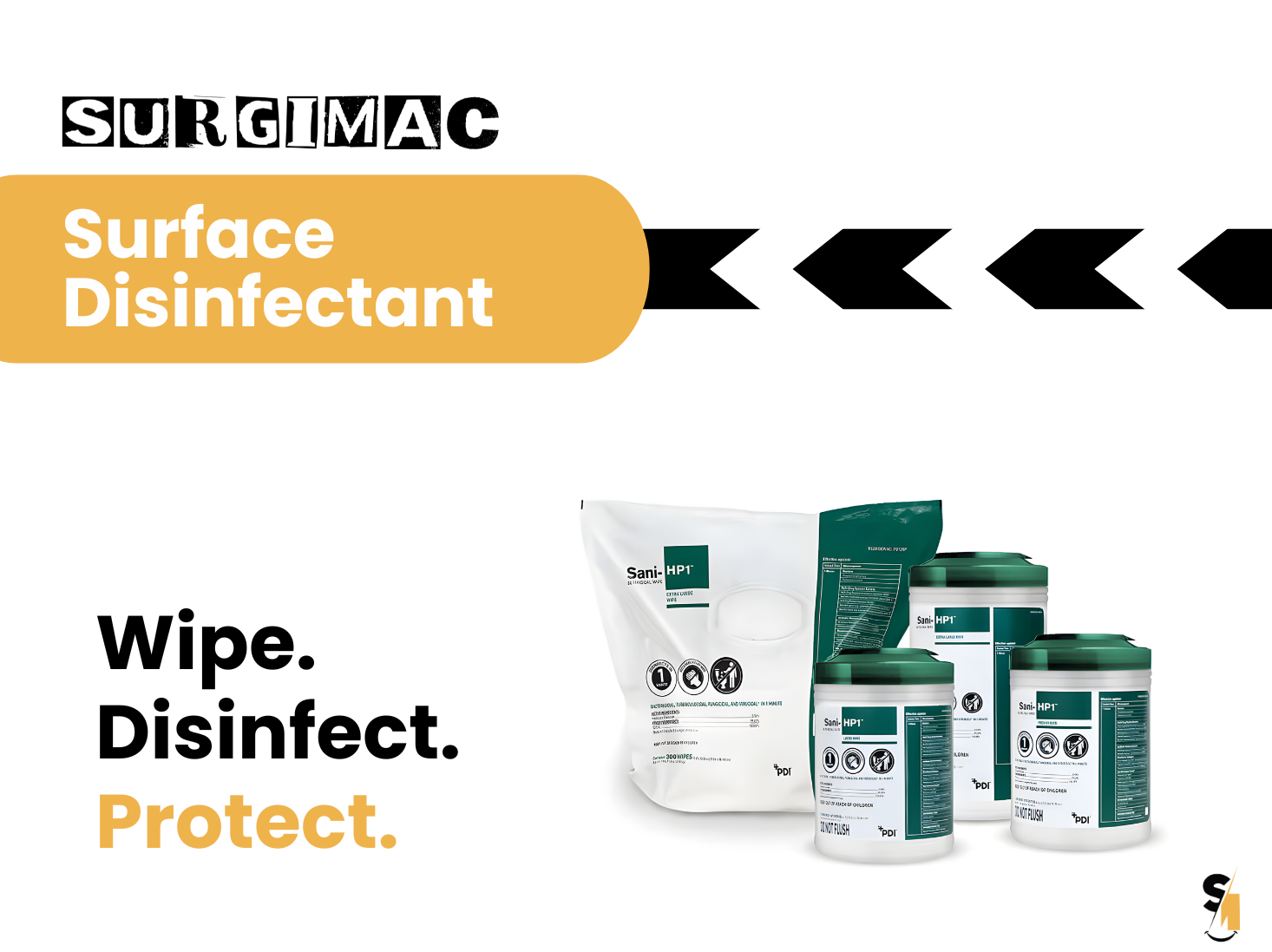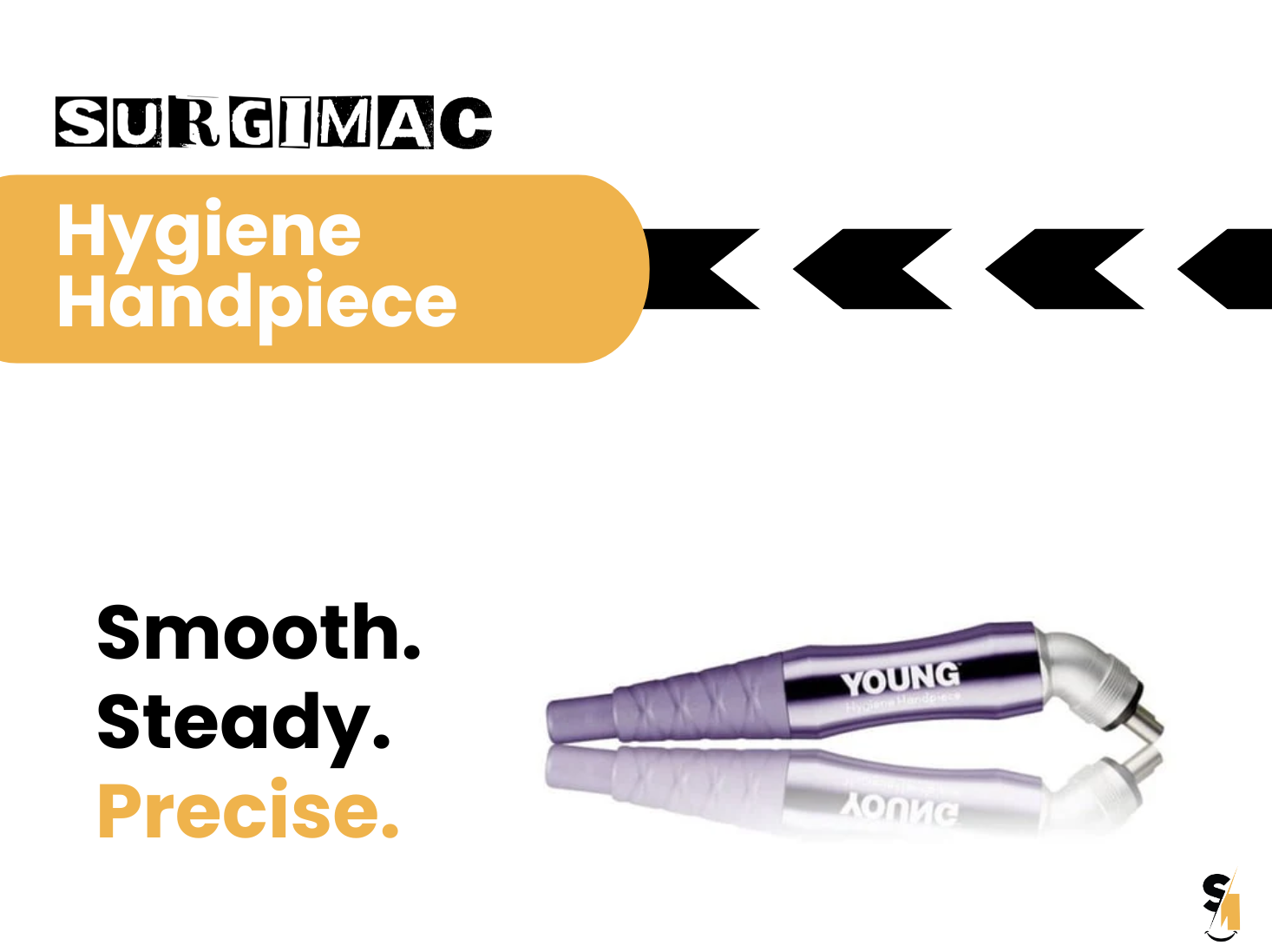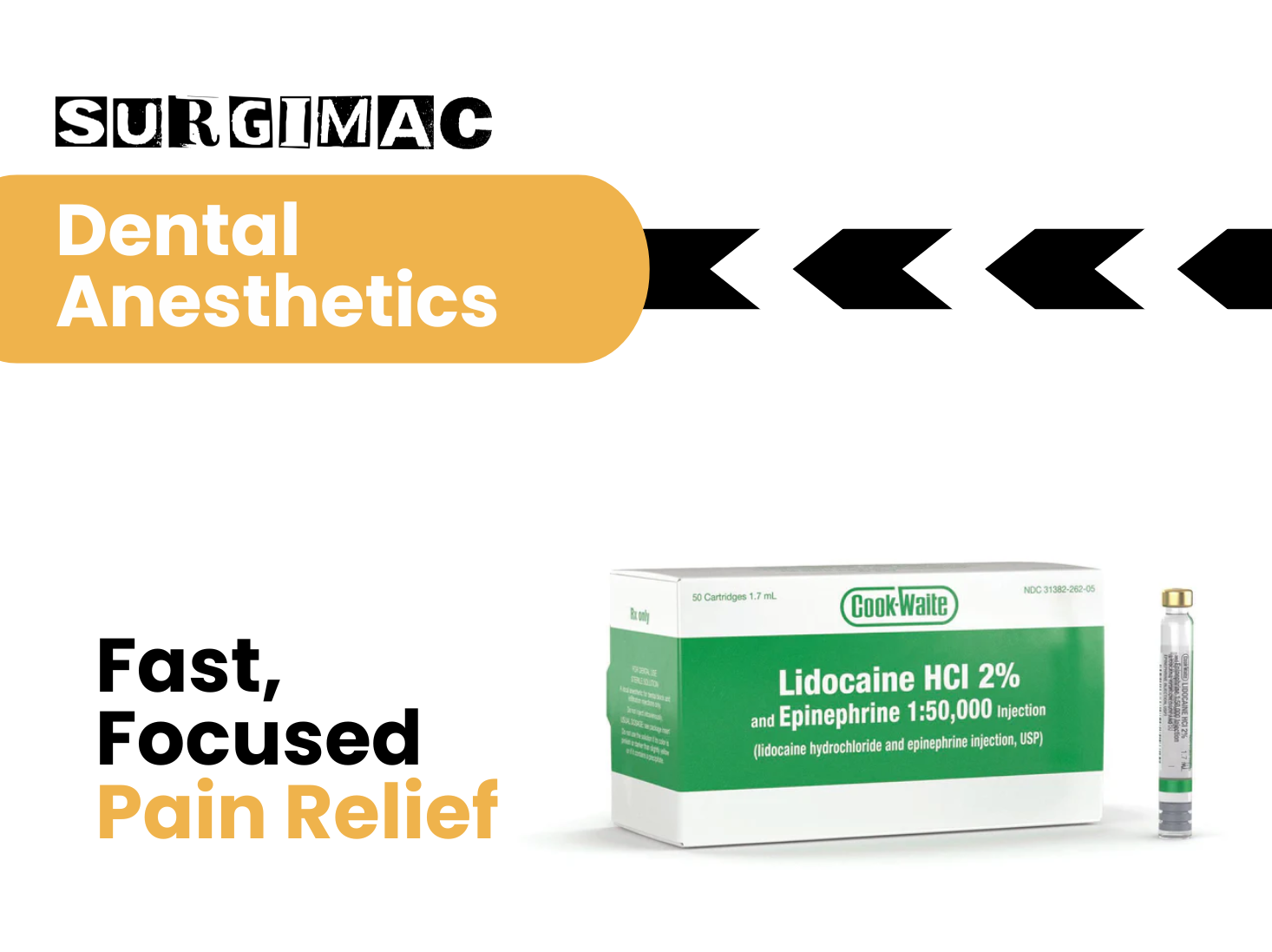In the field of dentistry, dental instruments play a vital role in successful tooth extraction procedures. SurgiMac, a reputable name in medical dental instruments, offers a comprehensive range of high-quality dental tools designed to enhance the tooth extraction process. In this article, we'll delve into the essential dental instruments used for tooth extractions, address common questions about dental tools, and highlight how SurgiMac's branded instruments stand out in the industry.
1. The Key Dental Instruments for Tooth Extraction
Successful tooth extractions require a careful selection of dental instruments, each serving a specific purpose. Here are some of the crucial dental tools used in the process:
1.1 Dental Forceps
Dental forceps, such as the Forceps 150, are used to firmly grasp and remove teeth from the socket. SurgiMac's dental forceps are designed with ergonomic handles for better control and reduced hand fatigue.
1.2 Elevators
Elevators, including the Cryer Elevator, help loosen the tooth from the socket before extraction. These periosteal elevators create the necessary space for smoother extractions.
1.3 Extraction Forceps
Extraction forceps, like Forceps 89, are specialized for gripping and extracting teeth with minimal trauma. SurgiMac's extraction forceps feature precision tips for a secure grip, making extractions more efficient.
2. Addressing Common Questions About Dental Instruments
2.1 What Dental Instrument Is Used to Loosen a Tooth in the Socket?
Elevators, such as the Cryer Elevator, are used to gently loosen the tooth from the surrounding tissue and bone, facilitating easier extraction.
2.2 What Is the Purpose of a Dental Probe?
A dental probe, such as the UNC 15 Probe, is used to measure the depth of periodontal pockets and assess the health of the gums.
2.3 What Is the Function of a Dental Scaler?
A dental scaler, including the Sickle Scaler or Montana Jack Scaler, is used to remove plaque and tartar from the tooth surface.
2.4 How Are Dental Mirrors Used in Tooth Extractions?
A dental mirror, like the Mouth Mirror, allows dentists to visualize hard-to-see areas in the mouth, aiding in the extraction process.
2.5 What Is the Role of a Periodontal Probe in Dental Procedures?
A periodontal probe, such as the Nabers Probe, is used to measure the depth of periodontal pockets and assess the health of the gums.
3. Advantages of SurgiMac Dental Instruments
SurgiMac's dental instruments stand out due to their commitment to quality and innovation. Here's why dental professionals choose SurgiMac instruments:
-
3.1 Precision Engineering: SurgiMac dental tools are crafted with precision, ensuring accurate and controlled tooth extractions.
-
3.2 Ergonomic Design: The ergonomic handles of SurgiMac instruments reduce strain on the dentist's hand during lengthy procedures.
-
3.3 Durability: SurgiMac's dental instruments are made from high-quality materials, ensuring longevity and reliability in clinical settings.
-
3.4 Wide Selection: SurgiMac offers a comprehensive range of dental tools to meet the diverse needs of dental professionals.
4. Enhancing Patient Care Through Dental Tools
Using the right dental instruments contributes to a smoother procedure and improved patient experience. SurgiMac's dental tools help reduce discomfort and promote faster healing post-extraction.
5. The SurgiMac Difference
SurgiMac's commitment to innovation and excellence has established them as a trusted provider of dental instruments. Their dedication to producing dental tools that streamline tooth extraction procedures sets them apart from competitors.
In the realm of dental procedures, having access to high-quality dental instruments is crucial for successful outcomes. SurgiMac's branded instruments offer dental professionals the precision, durability, and innovation needed for efficient tooth extractions. By choosing SurgiMac, dental practitioners are equipping themselves with dental tools that prioritize both their expertise and patient well-being.







